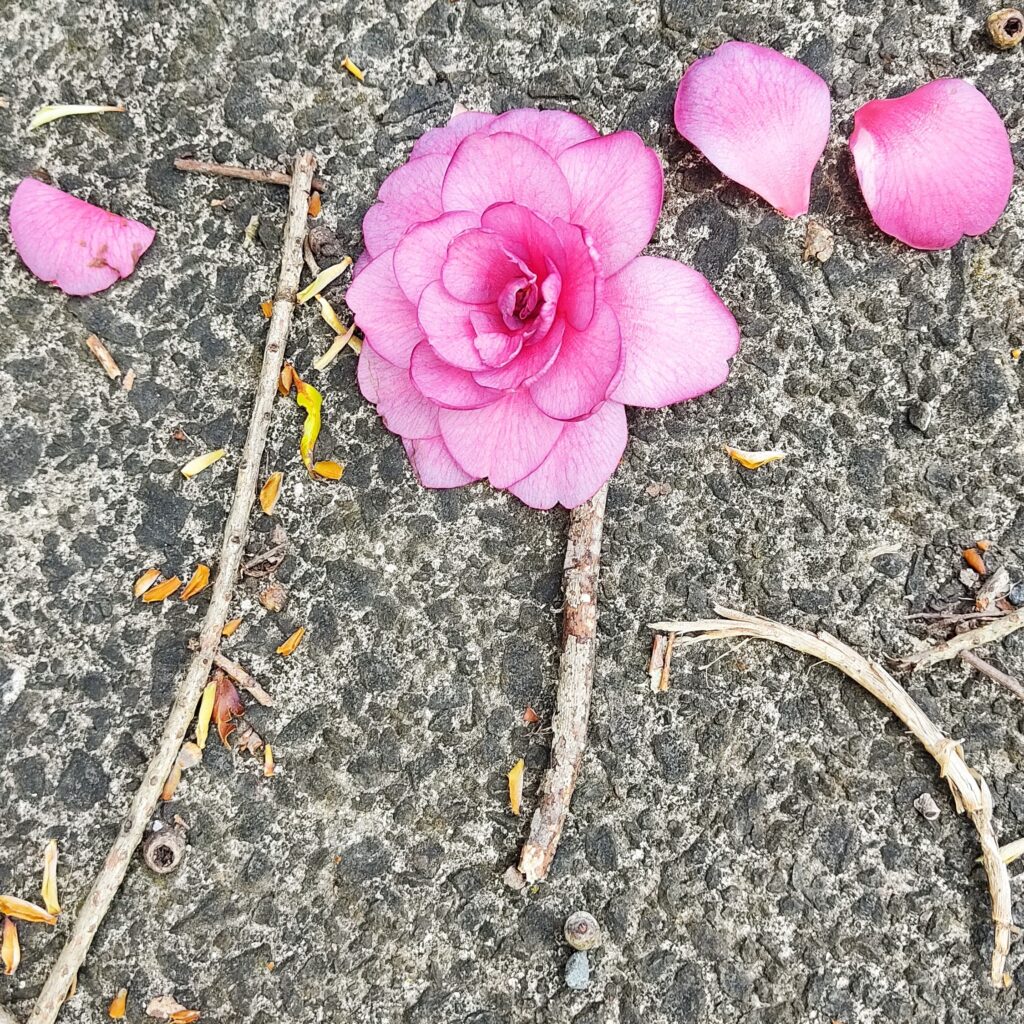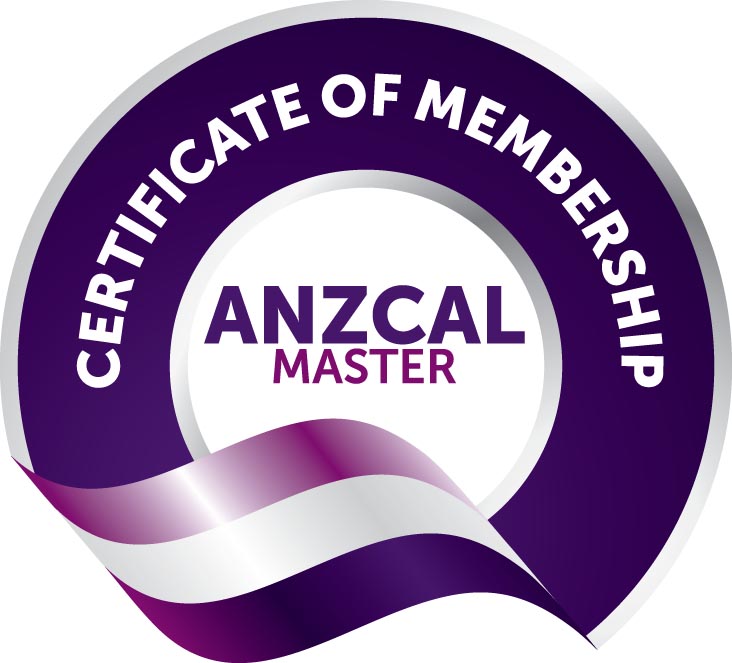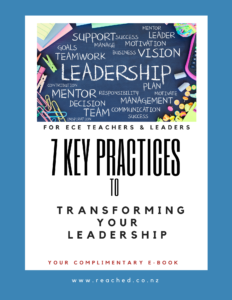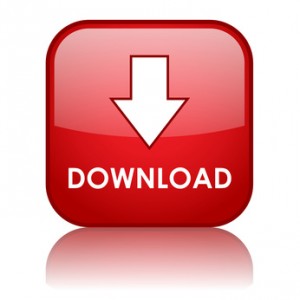Early childhood teachers, leaders and educators are often exposed to high levels of stress and anxiety due to the demands and challenges of their work. Stress and anxiety can affect their physical and mental health, as well as their performance and relationships. Therefore, it is important for early childhood educators to practice mindfulness and relaxation techniques to reduce stress and anxiety and enhance their wellbeing.
What is mindfulness (in a nutshell)?
Simply put, mindfulness is the awareness of the present moment without judgment or distraction.
Mindfulness involves paying attention to what is happening around us, what is happening inside us, what we are doing, and how we are doing and feeling – without judging or analysing our observations.
Mindfulness can help us reduce stress and anxiety by:
- helping us engage with important details,
- stay with present experience,
- disengage from distracting information
- help us regulate our emotions,
- cope with challenges
- improve our mental health and wellbeing.
Relaxation techniques : The science behind the practice
Relaxation techniques are methods that help us calm our body and mind by activating the parasympathetic nervous system, which is responsible for rest and recovery. Relaxation techniques can help us reduce stress and anxiety by lowering our heart rate, blood pressure, breathing rate, muscle tension, and cortisol levels. Relaxation techniques can also help us improve our sleep quality, mood, immune system, and metabolism.
Some examples of mindfulness and relaxation techniques that early childhood educators can practice are:
- Mindful breathing which is focusing on the sensations of breathing in and out. Mindful breathing can help us calm our nervous system, relax our muscles, and clear our mind. We can practice mindful breathing by finding a comfortable position, closing our eyes or lowering our gaze, and noticing how our breath feels in our nose, chest, and belly. We can also count our breaths or use a mantra to help us stay focused.
- Guided relaxation which is listening to a recorded voice or music that guides us through a relaxing scenario or imagery. Guided relaxation can help us release physical and mental tension, create positive emotions and enhance our imagination. We can practice guided relaxation by finding a quiet place, using headphones or speakers and following the instructions or suggestions of the voice or music.
- Simple yoga exercises and breathing techniques which are physical movements and breath patterns that promote flexibility, strength, balance and awareness. Yoga exercises and breathing techniques can help us improve our posture, circulation, digestion and energy. We can practice yoga exercises and breathing techniques by finding a spacious area, using a mat or a towel and performing gentle poses such as child’s pose, cat-cow pose, downward-facing dog pose and mountain pose. We can also practice breathing techniques such as alternate nostril breathing, lion’s breath and abdominal breathing.
- Exploring tabletop mindfulness gardens which are small trays or containers filled with sand, rocks, shells, or other natural materials that invite us to create patterns, shapes or scenes with our hands or tools. Tabletop mindfulness gardens can help us stimulate our senses, express our creativity and cultivate a sense of calmness. We can practice exploring tabletop mindfulness gardens by finding a suitable tray or container, filling it with sand or other materials and using our fingers or tools such as rakes, combs or brushes to create designs or landscapes. We can also add objects such as plants, flowers or figurines to enhance our experience.
- Listening to a story or podcast which are audio recordings that narrate a fiction or non-fiction story or topic that interests us. Listening to a story or podcast can help us engage our attention, improve our listening skills and learn something new. We can practice listening to a story or podcast by finding a relaxing place, using headphones or speakers and choosing an audio recording that suits our mood or curiosity.
Key points:
- Mindfulness and relaxation techniques are methods that help us calm our body and mind by activating the parasympathetic nervous system.
- Relaxation techniques can help us reduce stress and anxiety by lowering our physiological stimulation, relaxing our muscles and clearing our mind.
- Relaxation techniques can also help us improve our physical and mental health by enhancing our sleep quality, mood, immune system,and metabolism.
- Some examples of mindfulness and relaxation techniques that early childhood educators can practice are mindful breathing, guided relaxation, simple yoga exercises and breathing techniques, exploring tabletop mindfulness gardens and listening to a story or podcast.
- By practicing mindfulness and relaxation techniques regularly, early childhood educators can cope better with the demands and challenges of their work and enjoy more wellbeing and happiness.
© Gaynor Clarke, August 2023
Gaynor Clarke
B.Ed (Teaching), Cert Tertiary Teaching, PGDip Ed, MEd Leadership
Reach. Teach. Lead.
Reach Education Ltd
Teacher Leadership Mentoring and Life Coaching. Personal and Professional Development.
Gaynor is a teacher educator and mentor facilitating personal & professional leadership wellbeing outcomes for teachers.
If you are an early childhood teacher or leader looking to enhance your leadership skills, I would love to work with you. As a leadership mentor and coach, I specialize in helping early childhood educators develop their leadership potential and make a positive impact for the ākonga they serve. If you are interested in learning more about my leadership mentoring services, please visit my website or contact me directly to schedule a consultation. I would love to work with you!
Reference Sources:
(1) Rituals for relaxation, rest and sleep – ABC Kids. https://www.abc.net.au/abckids/early-education/reflective-journal/rituals-for-relaxation-rest-and-sleep/13562014.
(2) Getting Started with Mindfulness: A Toolkit for Early Childhood …. https://www.zerotothree.org/resource/getting-started-with-mindfulness-a-toolkit-for-early-childhood-organizations/.
(3) Mindfulness for Kids – Mindful. https://www.mindful.org/mindfulness-for-kids/.
(4) 25 Fun Mindfulness Activities for Children & Teens (+Tips!). https://positivepsychology.com/mindfulness-for-children-kids-activities/.
(5) Relaxation Techniques for Kids | Regis College Online. https://online.regiscollege.edu/online-masters-degrees/master-science-applied-behavior-analysis/relaxation-techniques-for-kids/.
(6) Supporting Children’s Relaxation in Early Childhood Education and Care. https://lifecoursecentre.org.au/wp-content/uploads/2022/02/LCC-ECEC-Relaxation-child-factsheet.pdf.








Leave a Comment
You must be logged in to post a comment.